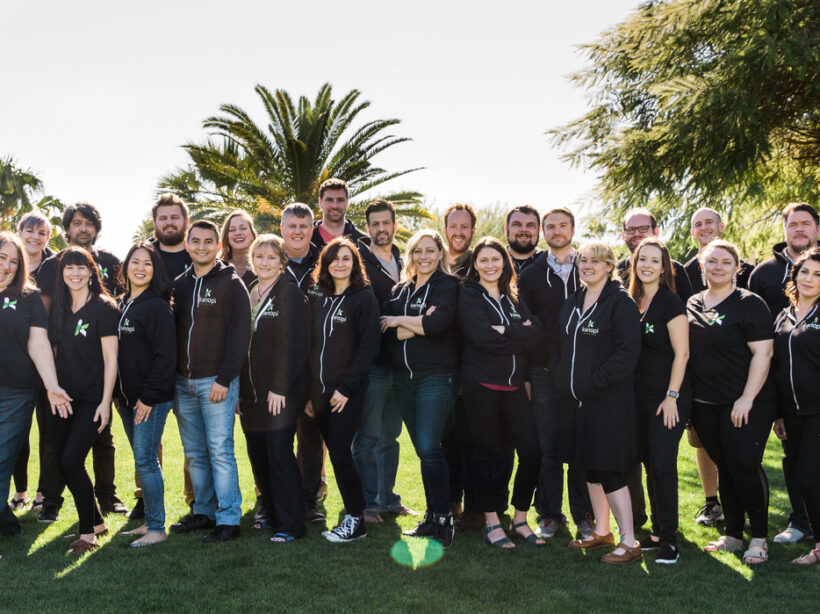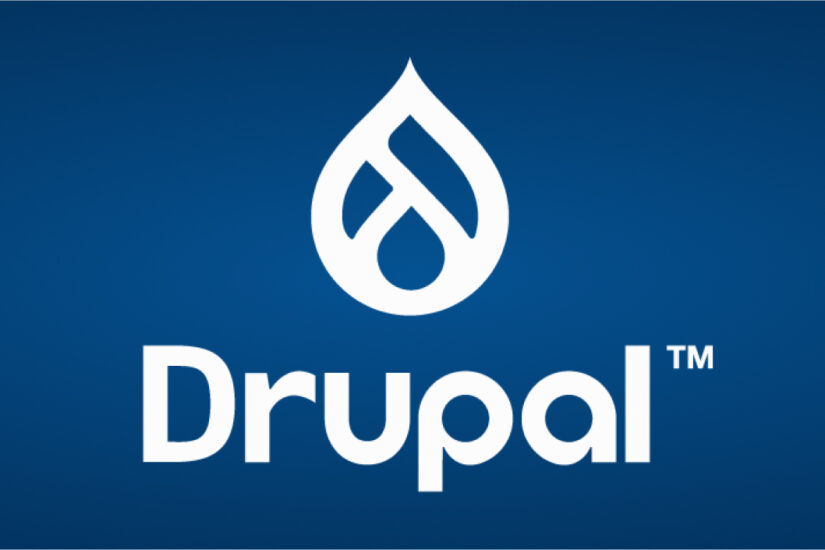At some point in your website’s lifespan, it’s time to do an update. Every few years, your site’s code gets outdated, old features may not be available, and security and performance improvements are released. The average website lifecycle is around 2 years, but many companies go well beyond that, leaving them with a site that’s in dire need of a refresh.
Also, new CMS versions tend to be released on a regular cycle, making it necessary to upgrade. You might be facing that if, say, your current site is built on Drupal 7 (D7). As D7 reaches end-of-life, you’ll need to decide how and when to move to Drupal 9.
Whatever the reason, this is an excellent time to create a comprehensive website transition plan, rather than simply doing a barebones update to your site.
A website transition plan looks at the site update process from a strategic standpoint and with a holistic view, covering the following aspects:
- Reviewing design and user experience. Can visitors interact with your website effectively to find the information they’re looking for? During your website transition, you can take the time to review and enhance your user experience.
- Determining how/why things are built the way they are on your site. Which design or functionality elements need to remain the same, and which can be updated to improve efficiency or user experience? A website transition plan can illuminate opportunities for improvement.
Let’s think about your website like a house…
Imagine you’ve been in that house for several years. Over the years you’ve added additions, done some small renos, maybe updated the paint job. Perhaps you ambitiously added a second story and a suite for the in-laws. And, you most definitely have accumulated a lot of “stuff” you’re storing there.
Okay, we’re still talking about websites here, I promise…
Like a house you’ve been in for years, an old website can become cluttered. As your business has expanded, you may have made additions quickly, without taking a step back and looking at it from a bird’s-eye view.
When it’s time to upgrade your site (just like if you were updating your home), you need a blueprint to help make decisions that consider every site element, your goals, and how you can give your site as much longevity as possible.
A website transition plan is like the blueprint for the “house.” It can include key elements like:
- A deep-dive review of your website’s current infrastructure and design
- An assessment of your site’s URLs, using a visual representation or sitemap
- An analysis of why visitors are using your site and how you can better appeal to their needs and preferences
- High-level design and user experience recommendations
- Recommendations for how to rebuild your site better
When you’re armed with your blueprints and recommendations for your future build, you can use them to decide what you’re going to do to build the best version of your new “house.”
Are you going to knock the entire old house down and start from scratch? Or, are there strategic changes you can make that will be impactful without needing to do an entire rebuild?
We like to call these “small bites for big wins,” and there are a couple of ways you can approach this:
1. The Lift-and-Shift
You can leave your design and UX as is and do a lift-and-shift. With this approach, you keep the same look and feel of your current site but perform a replatform.
This is a good option if your design is good overall and you only need to make minor tweaks. It’s a chance to improve your accessibility, performance, and design best practices without starting from scratch.
PROS:
- This approach can save time. You likely won’t need a lot of internal stakeholder engagement, so you can move fairly quickly.
- You can adjust portions of your site with partial migrations of different sections rather than a massive overhaul. This can help spread the cost of your redesigns out over time and avoid surprising site visitors with a major and unexpected rebrand.
CONS:
- If you have to rebuild your entire house anyway, why would you only paint the walls? If your site is in need of a major upgrade, this piecemeal approach may end up being more costly over time.
- After you conduct a lift-and-shift, your site might look similar or exactly the same as when you started. This approach might not offer the visible improvements you (and your stakeholders) are looking to implement.
2. The Reimagine
A website reimagine is a full rebuild, taking a fresh look at your design, user experience, content, and conversion strategy.
Websites are the #1 marketing tool an organization has. If you go this route, take this opportunity to design a visually stunning website design that gives your audiences the information they want in a way that positively enhances their interaction with your brand.
To execute this successfully you’ll need stakeholder buy-in, end-user data, and a clear creative vision, paired with technical mapping.
PROS:
- You’ll get the heavier lifting over with upfront, rather than just applying a coat of paint.
- You’ll be able to incorporate the most modern components available.
- Your site will have a longer shelf life since design and development is fresh.
CONS:
- You might spend more.
- Since this is a more major overhaul, there will be more stakeholders involved.
- This approach will take more time.
We recently created a website transition plan for one of our clients, the Centre for Digital Media (CDM), whose goal is to move from a Drupal 7 site to Drupal 9. Rather than simply planning for that upgrade, we dug deeper into their website to create a plan that includes improvements to the site and will future-proof the site long after the update.
We did a deep dive into the technical side of how the site was built and why the site was built that way (The “why” is just as important as the “how”). We met with CDM bi-weekly, shared our findings, and ultimately came up with a technical plan as well as suggestions on how to move forward with content restructuring, migration, performance, design, and security improvements. Ultimately, they were able to determine that they needed a “Reimagine” of the site. By going through the process of creating a website transition plan, they were empowered with the information they needed to make decisions with confidence and buy-in from the right people.
A good website transition plan should be customized to support the goals of your specific site. Your website and business are unique, and a successful transition plan will keep this in mind. Ultimately, the plan acts as a blueprint that allows you to understand the scope of your build, so you can make the best decisions for your site’s update.
We’d love to help create the blueprint for your site and map your next steps! Contact us to get started on your website transition plan.









